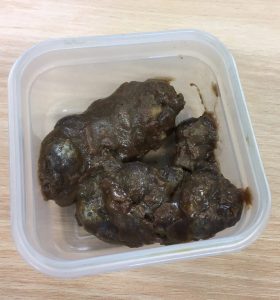Last week, the PhD students and I visited Primrose Hill Primary School. It was an opportunity for Kiana, Marine, Grace, Jerusa and Holly to meet Niamh Keating for the first time, and for us all to see how children are being taught science at school. We spent half an hour in a class with year 5 children who were studying gravity. They put us to shame with their knowledge of the difference between air resistance and friction! It was great to see how enthusiastic all the children were to share with us what they had learnt, and how they were designing experiments to test various concepts associated with gravity.
After our class time, we sat with Niamh and went through the various activities the PhD students have planned for the first few weeks of the science club. Niamh was really impressed by the enthusiasm and commitment the students have for the club, and how they have taken real ownership of it. She gave useful guidance on how activities could be modified to work with year 5 and 6 children, and suggested we changed the week 4 session to allow the children time to prepare items for their week 5 show-and-tell session with their parents.
We now have a plan… Week 1: introduction to the body, its organs and bacteria with Holly and Grace, who are going to run the session as a game show (I’ve heard glitter mentioned more than once!). Week 2: digestion with Jerusa and Kiana, who are going to illustrate the whole process with a hands-on activity that involves making edible poo.

Week 3: Marine is going to teach the children all about farting, with the power of baker’s yeast, sugar, balloons and warm water. It’s going to be fun, and is the session Niamh and I are most excited about (we are 12!). Week 4: the children will prepare posters, videos and props to show their parents what they’ve learnt in their time with us. Week 5: show-and-tell, which will be a great opportunity to get feedback from the children as to how we can improve the science club for its next outing.
We plan to document the development of the various activities we’ve been working on, and will be sharing our teaching resources with the public via this blog in the coming months.